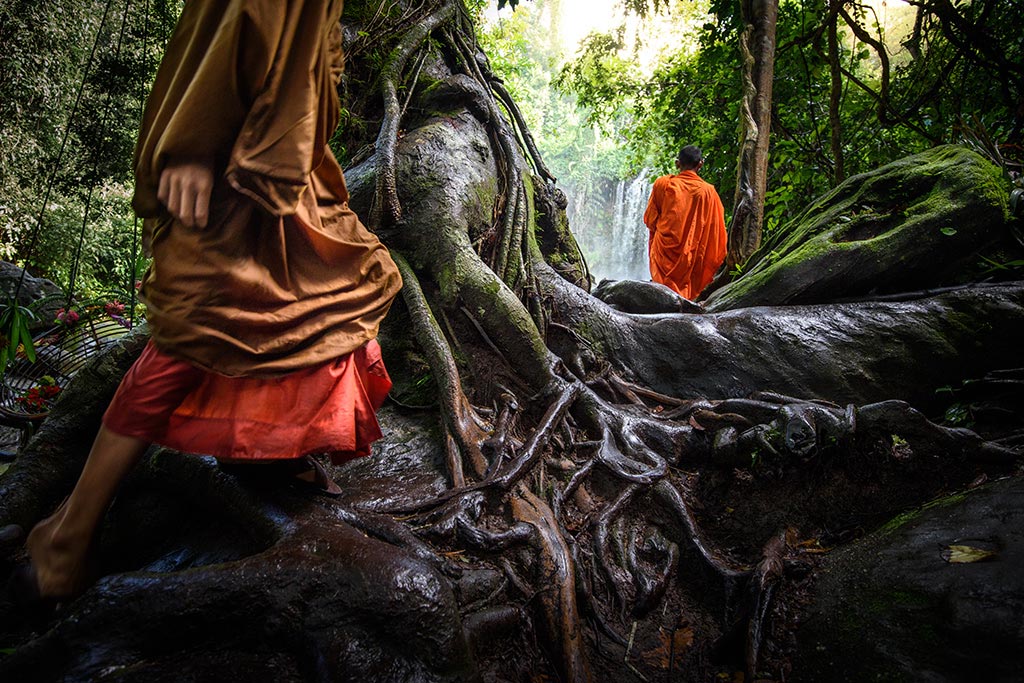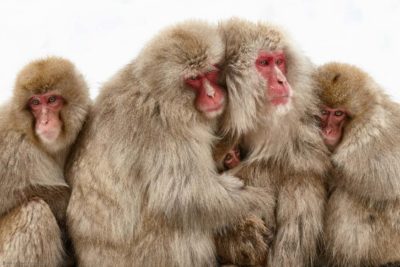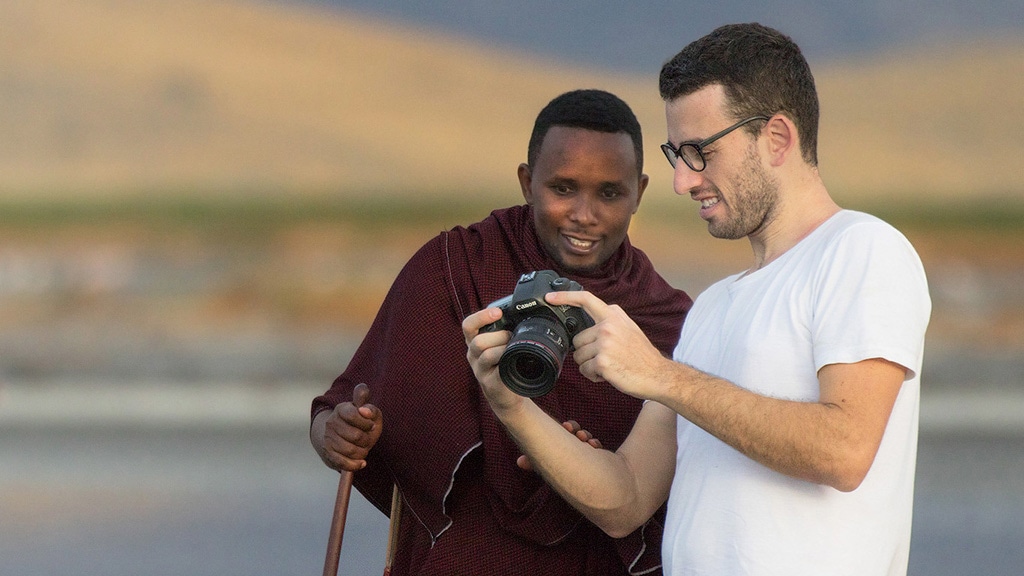For this interview we fly to Southeast Asia, in Cambodia, a country with a glorious and turbulent history that attracts travelers from all over the world thanks to its architecture, art and traditions, dating back to the time of the Khmer dynasty. We do this through the experience of the Italian Photographer Alessandro Vannucci.
When and why have you decided to leave Italy to go and live in Cambodia?
In 2008 I decided to carry out a volunteer experience in Cambodia. A country that I had known years before as a tourist and had remained in my heart.
When the 3 months of volunteering ended, I returned to Italy as planned, but when the summer vacations arrived, without thinking too much about it, I returned to Cambodia for another 3 months.
That extraordinary corner of Asia was calling me back and in that moment I understood that it would become my new home.

Where does your passion for photography born?
I approached photography in the 90s, on the occasion of my first trips around the world, thanks to a Pentax compact camera owned by my mother.
In 2006, I took part in an expedition to the Niger desert with an association of astrophiles. That journey brings me to live an important change in the way I see photography.
Learning from the experience of a couple of friends and professional photographers fundamental aspects: how to approach people, how to manage light, etc.. From that moment on, a world opens up.
Digital also makes me love post-production, which I believe is an essential part of today’s world of photography.
What kind of photography do you identify more?
Undoubtedly the reportage. I started like many people with landscape photography, to move on to portrait photography during my expeditions in Africa. Today I find more satisfaction in documenting the lives of the people I meet during my travels.
Since I have been living in Cambodia I have been particularly passionate about Buddhist culture and traditions, with monks as the protagonists of my images.
Years ago I began a photographic research on the tradition of Sak Yant, sacred tattoos made by some monks who are believed to have special magical powers.

What is your favorite lens and why?
Without any doubt the Nikon 24mm f 1.4. After years of using zoom lenses and a heavy backpack, I found my perfect focal length.
It allows me to get into action without being too invasive and at the same time make portraits that show details of the environment in which my subjects live. Always paying attention to the distortion generated by these short focal length lenses.
Lately I have approached 35mm. I own a small Fuji with a fixed focal length of 35mm and I find it easier to use than the 24mm, although less “exciting”: the 24mm allows me to get closer and better get into the scene I’m photographing, making the images more emotionally engaging.
Which photographer influenced you the most along the way?
At first when I was shooting many portraits definitely Steve McCurry, as I imagine many travel photographers. Today I follow several photographers on Instagram like Roberto Cristaudo, who is dedicated to travel, and Riccardo Magherini, who has a unique and surreal style to represent the complexity of the Asian megalopolis.
What kind of activities do you organize in Cambodia?
3 must-see places/festivals in Cambodia
Apart from the Angkor Templar Complex, you can’t miss the floating and pile-dwelling villages around Lake Tonle Sap, especially during the rainy season. They are an inexhaustible source of photographic opportunities, particularly for those interested in portrait and reportage photography.

A very photogenic festival is Pchum Ben (between September and October depending on the lunar calendar), when people go to Buddhist monasteries to pay homage to the dearly departed. The celebrations also take place at night, often by candlelight, with monks singing and praying.

The Buddha Days are also very interesting for photography (every 7/8 days, always according to the lunar calendar).
In these days the activities in the monasteries are particularly hectic, offering different photographic opportunities such as the “water blessing”, a sacred ritual that dates back to ancient times when the monk pours consecrated water on the faithful to purify and bring good luck.









